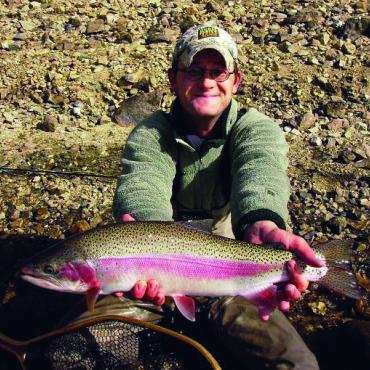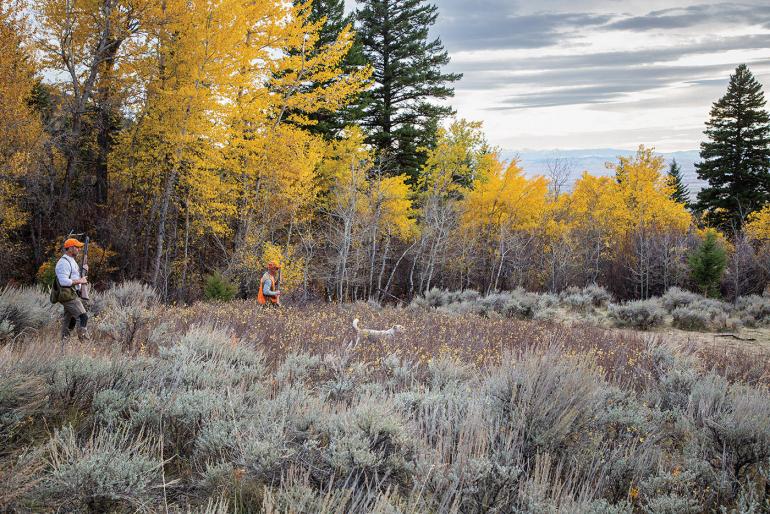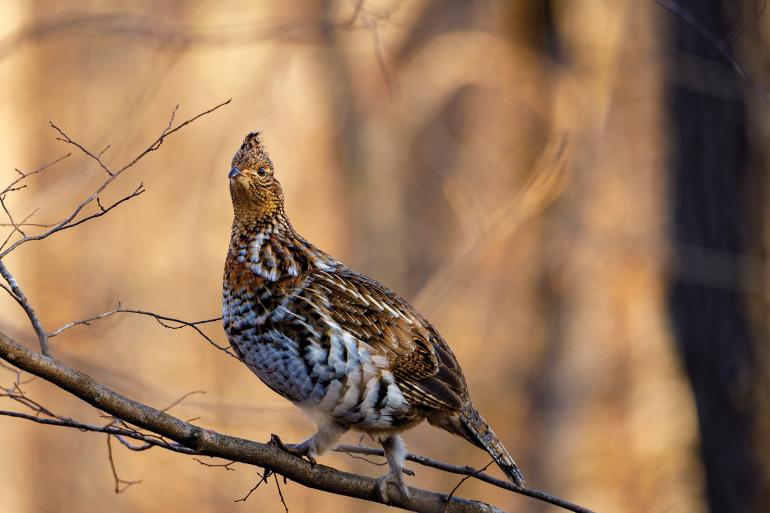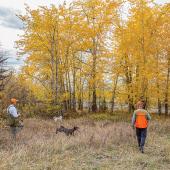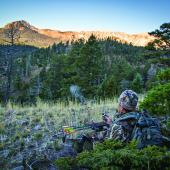Ruffled Feathers
Fall is for forest chickens.
When it comes to hunting, mountain grouse are one of my favorite species to pursue. One, they make for fantastic table fare. Two, they are relatively easy to hunt and the season begins during more mild times of the year. Three, I don’t need a frame pack or a string of mules to carry them out of the woods. In this corner of Montana, we are fortunate to have the opportunity to hunt three different types of mountain grouse. Although spruce grouse are rare, blue and ruffed grouse are easily found just steps away from many trailheads in southwest Montana.
Habitat
Mountain grouse like to spend their time on sun-speckled hillsides with plenty of quality forage and easy access to water, though blue grouse are generally found at higher elevations than ruffs. When looking for likely hunting areas, focus on places that receive ample afternoon sun, have a nearby water source, and hold plenty of wild-rose bushes and juniper thickets. Long draws that run along creeks or seeps are ideal locations to find them. Mountain grouse feed on insects, rose hips, juniper berries, and seeds. Blues will move up in elevation as the weather cools, chasing seeds and berries—which, once dropped, are easier to pluck off the ground. Look for ruffed grouse near the bottoms of drainages and in thicker cover. Blues, on the other hand, often spend time on or near timbered ridgelines that provide good flight lanes for escaping danger. Carry a GPS unit and mark those areas that prove productive; this will aid your hunting success in coming seasons.
Behavior
Being a smallish, relatively slow, and incredibly tasty bird, mountain grouse are understandably wary. Those areas thick with berries, rose hips, chokecherries, snowberries, currants, and bunch-grass seeds will likely hold birds, especially during the early season. As the season progresses, and birds move up in elevation, they will subsist on whatever forage they can find: leaves, pine needles, exposed juniper berries. Mountain grouse will vary in their preferred areas depending on the species, and you’ll likely learn these areas if you hunt elk. Hunting mountain grouse is also a fantastic way to sharpen the hunting instincts of your bird dog.
Gear
Mountain grouse live in the mountains, meaning that one should be prepared for mountain conditions. Hunters should carry the appropriate gear for any situation that may arise. If you’re with a dog, make sure its needs are taken care of as well, mainly taking into account water, treats, and a basic canine first-aid kit should injuries occur. Though size varies by species, mountain grouse in general are not big birds. Even a .410 is enough gun to put down a ruff, and a 12-gauge might even be too much gun, especially at close distances. For spruce and blue grouse, a 20- or 12-gauge will get the job done. Be sure to load up on 6-shot, which is an ideal size for grouse. If you’re chasing ruffs exclusively, you might get away with #7 or even #8, especially if you’re using a larger gun.
Regs
The season for grouse hunting is long. It typically runs from September 1 through January 1. Obviously, late-season birds are much harder to hunt. Cross-country skis or snowshoes can aid a hunter in extending the season for deep-snow excursions. Just like with any game animal, be sure to regularly check current regulations. If any questions or doubts arise, visit fwp.mt.gov.
Kurt Dehmer owns Durty Kurty’s Guide Service in Bozeman.

